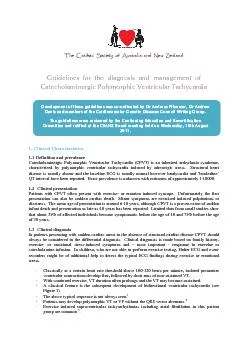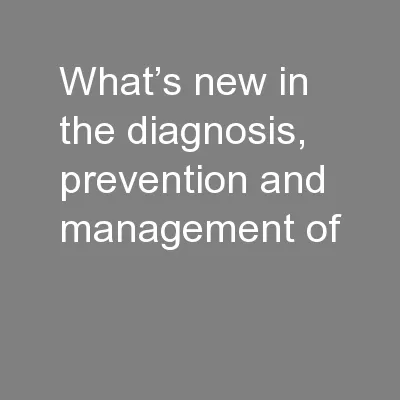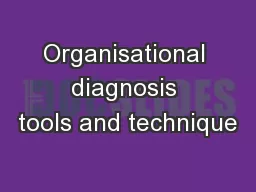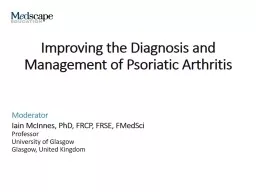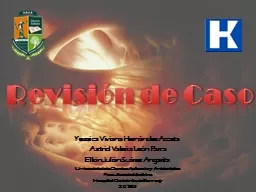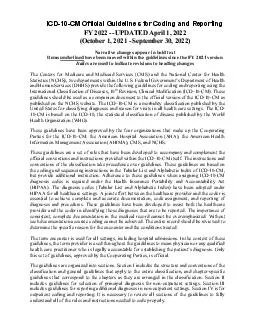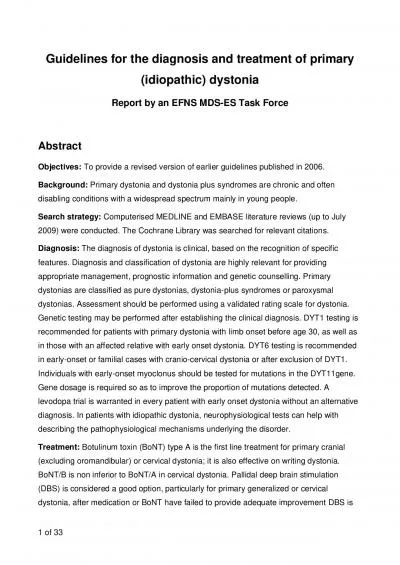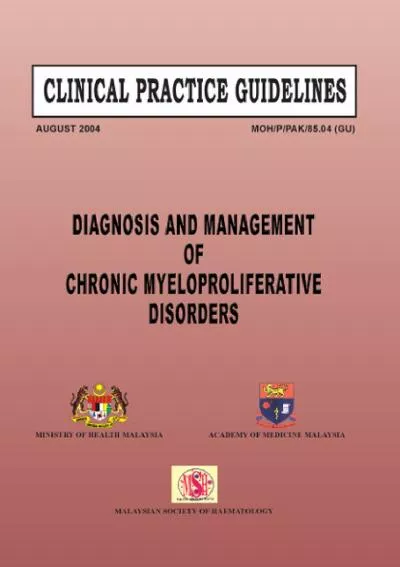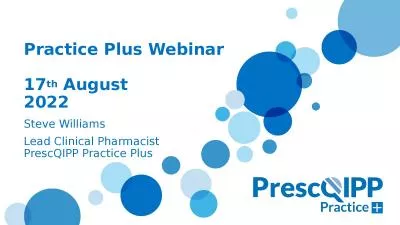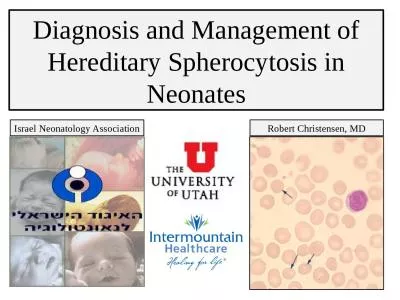PDF-CSANZ Guidelines for the diagnosis and management of Catecholaminergic
Author : pamella-moone | Published Date : 2015-11-10
32 Asymptomatic family members All first degree relatives should be evaluated with ECG Holter monitoring and exercise stress testing Echocardiography might be useful
Presentation Embed Code
Download Presentation
Download Presentation The PPT/PDF document "CSANZ Guidelines for the diagnosis and m..." is the property of its rightful owner. Permission is granted to download and print the materials on this website for personal, non-commercial use only, and to display it on your personal computer provided you do not modify the materials and that you retain all copyright notices contained in the materials. By downloading content from our website, you accept the terms of this agreement.
CSANZ Guidelines for the diagnosis and management of Catecholaminergic: Transcript
Download Rules Of Document
"CSANZ Guidelines for the diagnosis and management of Catecholaminergic"The content belongs to its owner. You may download and print it for personal use, without modification, and keep all copyright notices. By downloading, you agree to these terms.
Related Documents

